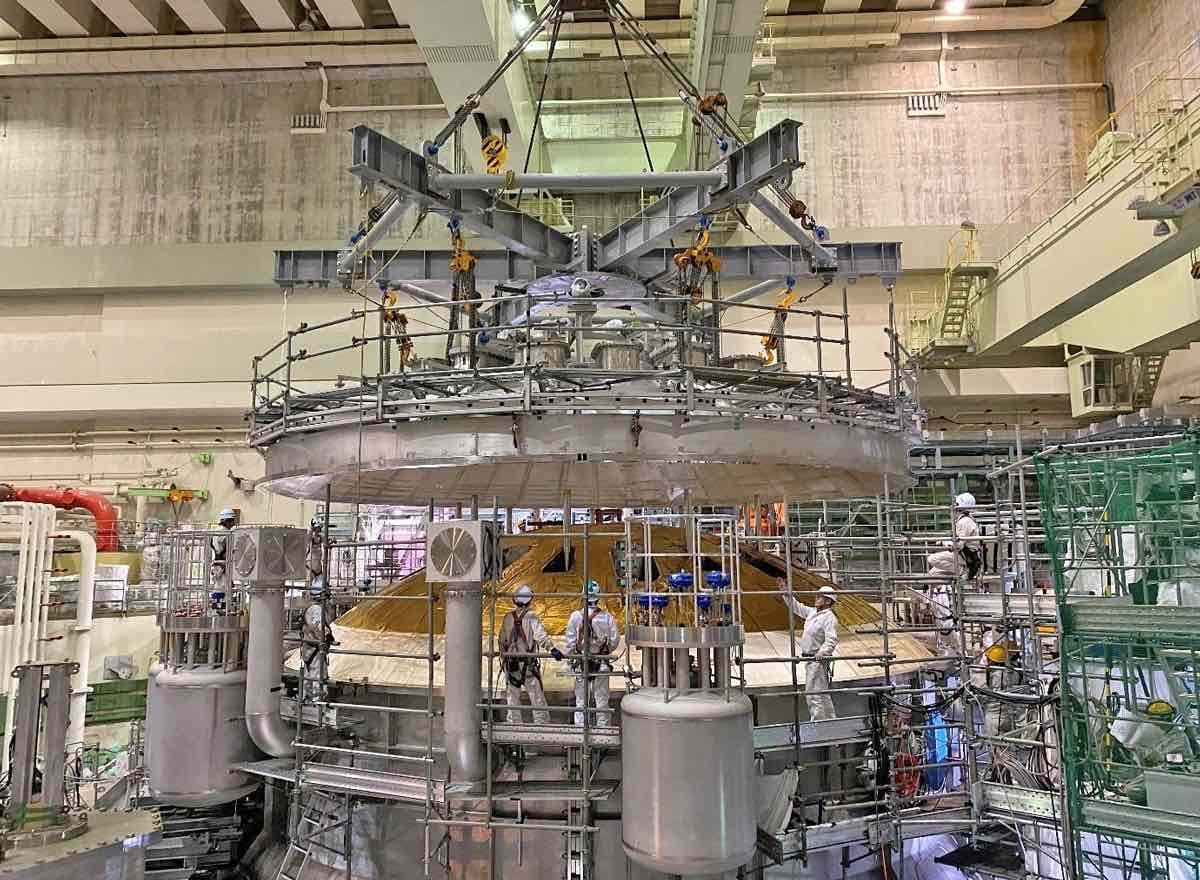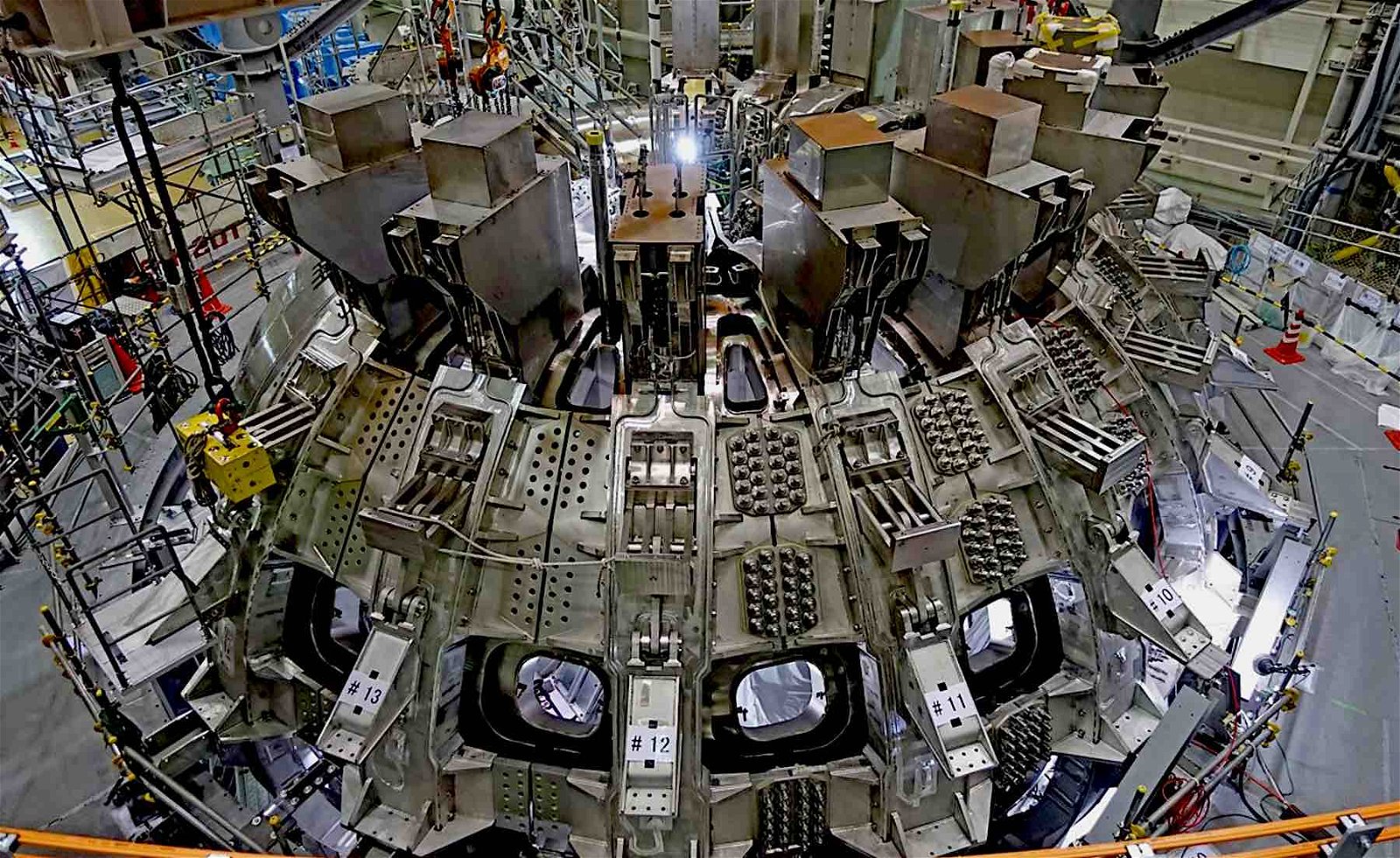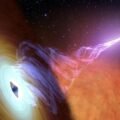The largest and most advanced fusion reactor of its kind has commenced operations in Japan in a new cooperative effort between nations in the development of fusion energy.
Located in Ibaraki Prefecture, Japan, the JT-60SA fusion reactor—the largest tokamak fusion reactor ever built—began operations on December 1, according to a joint statement by the European Union (EU) and Japan.
An inauguration ceremony in Naka, Japan, saw attendance from Kadri Simson, the EU’s Commissioner for Energy, as well as Masahito Moriyama, the Japanese Minister of Education, Culture, Sports, Science and Technology, each of whom characterized the effort as part of a broader international effort to develop clean energy through fusion technologies.
Such broad cooperative efforts between countries include ITER, which, upon completion of its facility in southern France in 2025, will represent the single largest experimental tokamak nuclear fusion reactor, as well as the largest-scale magnetic confinement plasma physics experiment in the world.


At the event late last week, the EU and Japan also confirmed their commitment to the JT-60SA International Fusion School (JIFS), officially launched in September, which will offer training for future specialists in the areas of science and technology required to develop and maintain fusion energy.
The JT-60SA fusion reactor is one of three projects based in Japan that the country, along with its EU partners, is undertaking as part of the Broader Approach agreement.
Signed in early 2007, the agreement outlines Japan’s research plan in support of ITER, as well as DEMO, a demonstration power plant that will represent the next step in the development of fusion technologies after ITER.
A second phase of activities was launched under the Broader Approach in 2020, with a study involving the program’s benefits issued in May 2021.
The Japanese-based projects “aim to complement ITER and accelerate the development of fusion power,” according to an EU statement issued last week. In addition to building JT-60SA, the projects also seek to facilitate research into the development of materials that can be used in the construction of additional fusion reactors in the years ahead, as well as leveraging high-performance computing resources that can enable similar goals.
The projects also seek to construct a remote operations facility for control of the ITER.


Fusion energy is one of the most promising energy sources because it produces no carbon dioxide, a significant asset in terms of broader goals to reach net zero emissions outlined in President Biden’s Executive Order 14057 and the Federal Sustainability Plan, which detail plans for the U.S. to achieve net-zero emissions by 2050.
Along with clean power sources like fusion energy, Biden’s plan calls for transitioning federal infrastructure to zero-emission vehicles, as well as the implementation of carbon pollution-free electricity, energy-efficient infrastructure, and other energy-saving technologies.
Despite its promise of a cleaner, more energy-efficient future, negative views toward fusion energy based on misunderstandings about what it entails have led to minor setbacks, particularly in countries like Japan.
According to research conducted in 2020 by Kyoto University, just 40% out of 1,000 participants in an online survey were familiar with the term “nuclear fusion,” while 86% of respondents made no distinctions between nuclear fusion and nuclear power. Additionally, more than 60% of respondents believed nuclear fusion was “dangerous,” with close to half saying they felt anxiety when they viewed the term. By comparison, less than 6% of respondents indicated awareness that nuclear fusion cannot lead to an uncontrolled chain reaction.
In contrast with stigmas that continue to prevail against it, nuclear fusion advocates point to its safety as a source of power generation since the fusion reaction stops as soon as its power source is disengaged, and it produces no radioactive waste materials.
“Because of these characteristics, fusion qualifies as one of the next-generation energy sources that simultaneously addresses energy supply and environmental challenges,” the EU statement read.
Additional information on international efforts to reach net-zero emissions by 2050 can be found on the website of the International Energy Agency (IA).
Micah Hanks is the Editor-in-Chief and Co-Founder of The Debrief. He can be reached by email at micah@thedebrief.org. Follow his work at micahhanks.com and on X: @MicahHanks.

